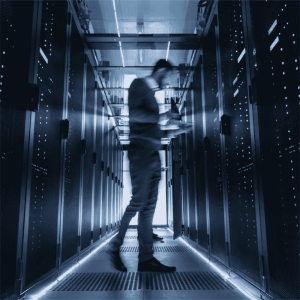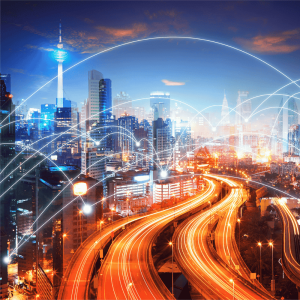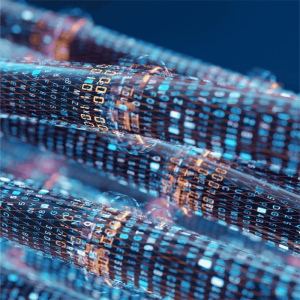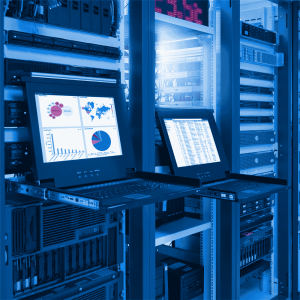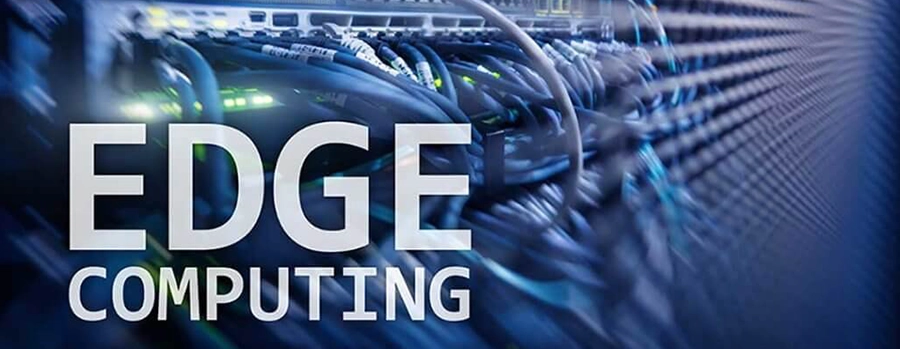Edge Computing: The New Home for Data
Today, data is being produced faster and in larger volumes than ever before. With the Internet of Things (IoT), smart devices and cloud-based applications, data processing and storage needs are increasing rapidly. This not only strains the capacity of central data centers, but also brings with it latency and security issues in data transfer. This is where edge computing comes into play. So, what is edge computing and why is it considered the new home of data? Here are the advantages of this innovative technology and its impact on the business world.
1. What is Edge Computing?
Edge computing refers to the processing of data at the closest point to the source, i.e. the “edge”, before it is sent to a central cloud system. In traditional cloud computing, data is usually sent to central data centers and processed there. However, this can be inefficient, especially when latency is critical. With edge computing, data is processed and analyzed at decentralized points such as sensors, devices, or local servers. This provides a faster, more secure, and efficient data processing process.
2. Why Edge Computing?
The shift of data processing from the center to the edge offers a number of important advantages:
Reduced Latency: Sending data to a remote data center for processing takes time, which can cause delays. Edge computing minimizes this latency by allowing data to be processed close to the source. Reducing latency is critical, especially in applications that require fast decisions, such as autonomous vehicles, industrial automation, and smart cities.
Bandwidth Savings: Constantly sending data to central data centers can increase network traffic and strain bandwidth. Edge computing reduces the load on the network by ensuring that only important data is sent to the center. This is a great advantage, especially for environments where IoT devices are constantly generating data.
Security and Privacy: Sending data to remote servers for processing can lead to cyber attacks and data breaches. With edge computing, data is processed locally, which reduces security risks. In addition, sensitive data is processed at the edge and only the necessary ones are sent to the center, which increases data privacy.
3. Areas of Use of Edge Computing
Edge computing is leading to major transformations in many sectors. Here are the main areas where this technology is widely used:
Internet of Things (IoT): IoT devices constantly generate data and this data needs to be processed instantly. Edge computing can provide more efficient and intelligent solutions by quickly processing the data of these devices. For example, smart thermostats, security cameras or industrial sensors can analyze data locally and produce responses without delay.
Autonomous Vehicles: Autonomous vehicles constantly collect large amounts of data from their surroundings. Processing this data in real time is vital for the vehicle to make safe and fast decisions. Edge computing increases the safety and performance of the vehicle by enabling instant processing of this data.
Smart Cities: In critical applications such as traffic management, energy consumption and public safety, edge computing technology enables smart city infrastructures to operate more efficiently by processing data locally.
Industrial Automation: Sensors and machines used in factories and production facilities constantly produce data. Processing this data quickly is important for optimizing production processes and detecting faults instantly. Edge computing allows this data to be processed on-site and makes production processes smarter.
4. Comparison of Cloud Computing and Edge Computing
Edge computing is a technology that complements cloud computing rather than competes with it. Cloud computing is ideal for storing and processing large data sets. However, in situations that require instant processing or where data processing points are far from a central server, edge computing offers a more suitable solution. Especially in applications that require real-time analysis, using these two technologies together provides great advantages in terms of both performance and efficiency.
Cloud Computing Advantages: Large data storage capacity, ability to perform large-scale analysis, global access and flexibility.
Edge Computing Advantages: Low latency, local processing, security and bandwidth savings.
5. The Future of Edge Computing
Edge computing will become even more widespread in the coming years and will lead to revolutionary changes in many sectors. With the rapid development of 5G technology, edge computing will become even more powerful. While 5G enables faster transmission of data, edge computing will allow this data to be processed locally. This will offer great opportunities, especially for autonomous vehicles, smart cities and IoT devices.
In addition, edge computing solutions integrated with artificial intelligence and machine learning will help develop smarter and self-learning systems. This will pave the way for important innovations, especially in areas such as industrial automation and the healthcare sector.
Conclusion
Edge computing is a technology that revolutionizes data processing and management. It offers critical advantages such as speed, security and efficiency, reducing dependency on central data centers and providing local processing opportunities. Especially in applications such as IoT, autonomous vehicles and smart cities, this technology offers new generation solutions by optimizing data processing processes. The business world can enter a faster, safer and more efficient digital transformation process by evaluating the opportunities offered by edge computing.

